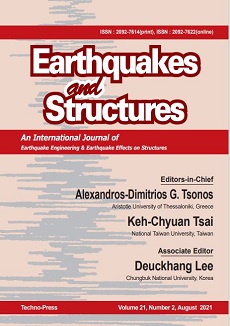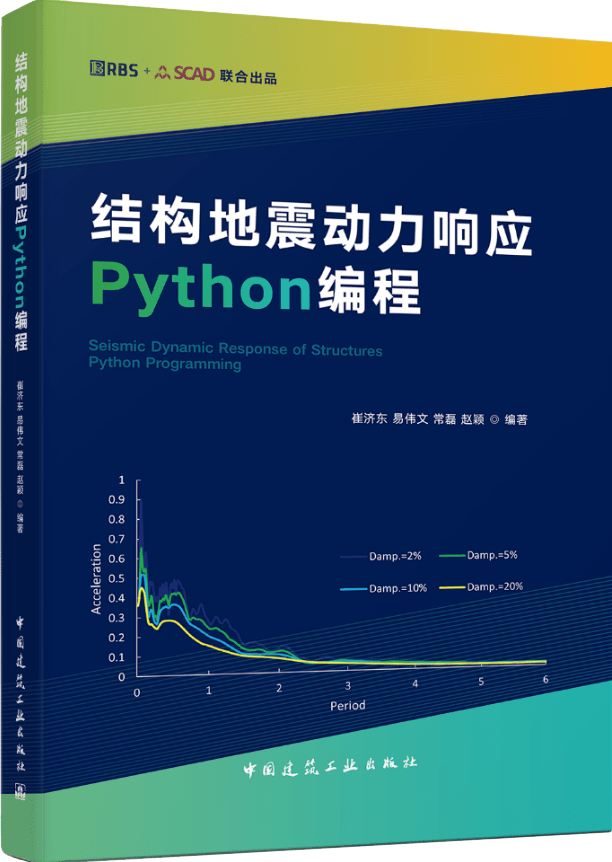论文整理。
| 【Title】 |
Component deformation-based collapse evaluation of RC frame under different collapse criteria |
| 【作者】 | Difang Huang, Xiaolei Han, Shengfang Qiao, Jing Ji and Jidong Cui |
| 【Address】 | Difang Huang:School of Civil Engineering and Transportation, South China University of Technology, Tianhe, Guangzhou, 510641, China
Xiaolei Han:School of Civil Engineering and Transportation, South China University of Technology, Tianhe, Guangzhou, 510641, China/ State Key Laboratory of Subtropical Building Science, South China University of Technology, Tianhe, Guangzhou, 510641, China Shengfang Qiao: Guangzhou Institute of Building Science Co., Ltd., Guangzhou, 510080, China Jing Ji:School of Civil Engineering and Transportation, South China University of Technology, Tianhe, Guangzhou, 510641, China/ State Key Laboratory of Subtropical Building Science, South China University of Technology, Tianhe, Guangzhou, 510641, China Jidong Cui:RBS Architectural Engineering Design Associates, Guangzhou, 510030, China |
| 【Abstract】 | Developments in performance-based earthquake engineering have emphasized the importance of evaluation of structural collapse resistance. Several collapse criteria were proposed to define structural collapse in various perspective. In this paper, collapse resistant capacity of ductile reinforced concrete (RC) frame was evaluated using different collapse criteria. Since most of the criteria focus on overall structural response, a component deformation-based method was adopted to describe the damage in component level. Incremental dynamic analysis (IDA) of a 6-story ductile RC frame conforms to current codes was conducted in OpenSEES. The collapse resistant capacity under different collapse criteria was compared. Moreover, relationship between overall structural response and the distribution of damaged components were discussed through the component deformation-based method. It was indicated that the story of maximum inter-story drift ratio is neither consistent with the one which is most seriously damaged nor with the story of maximum residual inter-story drift ratio. Furthermore, the component deformation-based method can depict structural damaged state and formation of collapse mechanism more reasonably. The analysis result evidences that structure conforms to current code have the good ductility and hardly reaches physical collapse under rare earthquake, however, the structure is more likely to be demolished due to unacceptable residual deformation. |
| 【Key Words】 | collapse criterion; collapse resistant capacity; component deformation; performance-based earthquake engineering; residual deformation |
| 【Journal】 | Earthquakes and Structures Volume 21, Number 2, August 2021, pages 113-124 DOI: https://doi.org/10.12989/eas.2021.21.2.113  |
下载 (download):Component deformation-based collapse evaluation of RC frame under different collapse criteria.pdf
- 微信公众号 ( Wechat Subscription)
欢迎关注 “结构之旅” 微信公众号

